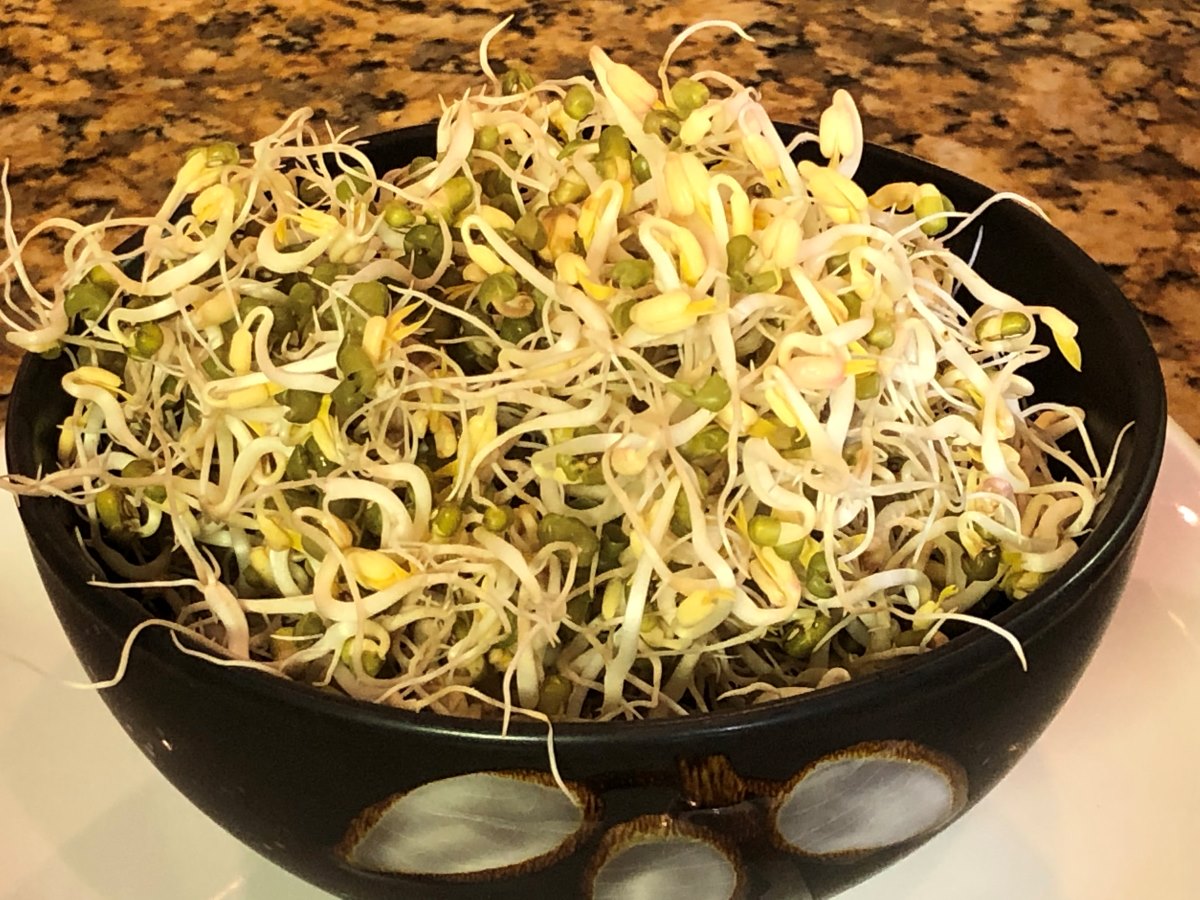

Articles
How To Store Mung Bean Sprouts
Modified: May 6, 2024
Discover the best methods for storing and preserving fresh mung bean sprouts in this informative article. Keep your sprouts crunchy and nutritious with these valuable tips.
(Many of the links in this article redirect to a specific reviewed product. Your purchase of these products through affiliate links helps to generate commission for Storables.com, at no extra cost. Learn more)
Introduction
Welcome to this comprehensive guide on how to store mung bean sprouts. Mung bean sprouts are not only delicious but also packed with nutrients, making them a popular ingredient in various dishes. Whether you grow your own sprouts or buy them from the store, it’s important to know how to store them properly to maintain their freshness and quality. In this article, we will explore the benefits of mung bean sprouts, how to select fresh sprouts, different storage methods, and how to use the stored sprouts effectively. So let’s dive in!
Mung bean sprouts, also known as green gram sprouts, are the tender shoots that emerge from mung beans when they are soaked and allowed to germinate. These sprouts are a rich source of essential nutrients such as vitamins, minerals, fiber, and antioxidants. They are low in calories and fat, making them a healthy addition to your diet.
Adding mung bean sprouts to your meals can provide numerous health benefits. They are known to support digestion, boost immune function, aid in weight loss, and promote healthy skin and hair. The sprouts are also a good source of protein, making them an excellent choice for vegetarians and vegans.
Before we delve into the storage methods, it’s crucial to learn how to select fresh mung bean sprouts for better shelf life. When purchasing sprouts, look for bright and crisp sprouts with firm texture. Avoid any sprouts that appear limp, discolored, or have a strong odor, as these are signs of deterioration.
Now that we have a good understanding of the benefits of mung bean sprouts and how to select fresh ones, we can move on to the various methods of storing them. From refrigeration to freezing, there are different ways to preserve the sprouts for later use. In the next sections, we will discuss each method in detail and provide step-by-step instructions on how to store mung bean sprouts properly.
So, let’s get started with the first method: storing mung bean sprouts in the refrigerator!
Key Takeaways:
- Mung bean sprouts are a nutrient-dense and versatile ingredient that offers numerous health benefits, including supporting digestion, heart health, and blood sugar control. Proper storage methods ensure their freshness and quality for extended use.
- By selecting fresh mung bean sprouts, preparing them for storage, and utilizing proper storage and thawing methods, you can enjoy their delightful crunch and nutritional benefits in a variety of dishes, from stir-fries and soups to salads and sandwiches.
Read more: How Fast Do Mung Beans Germinate
Benefits of Mung Bean Sprouts
Mung bean sprouts are not only delicious and versatile in cooking, but they also offer a wide range of health benefits. These nutrient-rich sprouts are an excellent source of vitamins, minerals, and antioxidants, making them a valuable addition to any diet. Here are some of the top benefits of mung bean sprouts:
- Nutrient-dense: Mung bean sprouts are packed with essential nutrients, including vitamin C, vitamin K, folate, manganese, and potassium. This means that incorporating these sprouts into your meals can significantly boost your nutrient intake.
- Low in calories: If you’re looking to maintain or lose weight, mung bean sprouts are an excellent choice. They are low in calories and fat, making them a satisfying and guilt-free option for adding volume to your meals without adding excessive calories.
- High in fiber: Mung bean sprouts are a great source of dietary fiber, which aids in digestion and helps regulate bowel movements. Including these sprouts in your diet can promote a healthy digestive system and prevent constipation.
- Rich in antioxidants: Antioxidants are compounds that help protect the body against free radicals, which can cause cellular damage and contribute to various diseases. Mung bean sprouts are packed with antioxidants such as vitexin and isovitexin, which help fight inflammation and oxidative stress.
- Supports heart health: Mung bean sprouts contain nutrients like potassium and magnesium, which are essential for maintaining heart health. These nutrients help regulate blood pressure levels and promote proper heart function, reducing the risk of cardiovascular diseases.
- Aids in blood sugar control: The high fiber content of mung bean sprouts can help regulate blood sugar levels and improve insulin sensitivity. This makes them a beneficial addition to the diet of individuals with diabetes or those at risk of developing the condition.
- Promotes healthy skin and hair: Mung bean sprouts are rich in vitamins and minerals that contribute to healthy skin and hair. The antioxidants present in the sprouts help protect the skin from damage caused by free radicals, while the vitamins promote collagen production and support hair growth.
These are just a few of the many benefits that mung bean sprouts offer. Including these sprouts in your diet can not only enhance the flavor and texture of your meals but also provide a wide range of nutrients that contribute to overall health and well-being.
Selecting Fresh Mung Bean Sprouts
When it comes to selecting fresh mung bean sprouts, there are a few key factors to consider. Fresh sprouts not only taste better but also have a longer shelf life when stored properly. Here are some tips to help you choose the freshest mung bean sprouts:
- Appearance: Look for bright, crisp, and uniformly green sprouts. Avoid any sprouts that are discolored, wilted, or have brown spots, as these are signs of decay.
- Texture: Fresh mung bean sprouts should have a firm and crunchy texture. Avoid sprouts that feel limp or slimy, as this indicates spoilage.
- Smell: Take a whiff of the sprouts before purchasing. They should have a fresh, clean aroma. If they have a pungent or foul smell, it’s best to avoid them.
- Packaging: Check the packaging of the mung bean sprouts. Look for sprouts that are stored in perforated bags or containers. This allows airflow and helps prevent moisture buildup, reducing the chances of mold growth.
- Buying from reputable sources: Purchase mung bean sprouts from reputable stores or suppliers that have a good turnover of fresh produce. This ensures that you are getting the freshest sprouts available.
If you have the opportunity, it’s also worth considering growing your own mung bean sprouts at home. This way, you can ensure the freshness and quality of the sprouts right from the start. Sprouting mung beans at home is a simple process that only requires a few days of soaking and rinsing. This allows you to have a continuous supply of fresh sprouts whenever you need them.
By selecting fresh mung bean sprouts, you can ensure that they have a longer shelf life and maintain their flavor and texture. Remember to inspect the appearance, texture, and smell of the sprouts before making a purchase. Following these tips will help you choose the best-quality sprouts for your culinary endeavors.
Preparing Mung Bean Sprouts for Storage
Before you store your mung bean sprouts, it’s important to properly prepare them to ensure their longevity and quality. Here are the steps to follow when preparing mung bean sprouts for storage:
- Rinse the sprouts: Start by rinsing the mung bean sprouts thoroughly under cold running water. Gently rub the sprouts between your fingers to remove any dirt or impurities. This step will help prevent any contaminants from affecting the sprouts during storage.
- Inspect and remove any damaged sprouts: Take a closer look at the sprouts and remove any damaged or spoiled ones. Discard sprouts that have turned brown, wilted, or have an unpleasant smell. Removing these sprouts will prevent them from affecting the freshness of the rest of the batch.
- Trim the roots: Mung bean sprouts usually have the roots attached at the bottom. Trim off the roots by using kitchen shears or a sharp knife. Removing the roots makes the sprouts more compact and easier to store.
- Dry the sprouts: After rinsing and trimming, it’s essential to dry the sprouts thoroughly. Excess moisture can cause the sprouts to spoil quickly. Place the sprouts in a clean kitchen towel or paper towels and gently pat them dry. Allow them to air dry for a few minutes until most of the moisture is gone.
- Transfer to a storage container: Once the sprouts are dry, transfer them to a suitable storage container. Use a container with good airflow to prevent moisture buildup and mold growth. You can use a glass container or a perforated plastic bag, ensuring that there are small holes for airflow. Avoid storing the sprouts in airtight containers, as this can cause them to become slimy and spoil.
By following these simple steps, you can prepare your mung bean sprouts for storage and ensure their freshness and quality. Properly rinsing, inspecting, trimming, drying, and transferring the sprouts to a suitable container will help prolong their shelf life and maintain their flavor and texture.
Now that you have prepared the mung bean sprouts for storage, let’s move on to the different methods of storing them to keep them fresh for longer periods.
Storing Mung Bean Sprouts in the Refrigerator
Refrigeration is one of the most common and effective methods to store mung bean sprouts. By storing them in the refrigerator, you can extend their shelf life and preserve their freshness. Here’s how to store mung bean sprouts in the refrigerator:
- Transfer the sprouts to a breathable container: If the sprouts are not already in a breathable container, transfer them to one. Use a perforated plastic bag or a container with small holes or vents. This will allow airflow and prevent the buildup of excess moisture, extending the sprouts’ shelf life.
- Place a damp paper towel: To keep the sprouts fresh, place a damp paper towel in the container along with the sprouts. The towel will help maintain the optimal moisture levels and prevent the sprouts from drying out.
- Store in the vegetable compartment: Place the container with the sprouts in the vegetable compartment of your refrigerator. The cooler temperature and moisture levels of the compartment provide an ideal environment for preserving the sprouts’ freshness.
- Keep away from other strong-smelling foods: Mung bean sprouts can absorb odors from other strong-smelling foods in the refrigerator. To prevent this, it’s best to store them away from foods like onions, garlic, or pungent cheeses.
- Check and remove any spoiled sprouts: Regularly check the sprouts for any signs of spoilage. Remove any sprouts that have turned brown, slimy, or have a strong odor. Removing spoiled sprouts will help maintain the freshness of the rest of the batch.
When stored properly in the refrigerator, mung bean sprouts can stay fresh for up to a week. However, it’s important to note that their quality may gradually decline over time. Therefore, it’s best to consume them as soon as possible for the best flavor and texture.
In the next section, we will discuss another storage option for mung bean sprouts: freezing.
Store mung bean sprouts in a perforated plastic bag in the refrigerator. Make sure to use them within 2-3 days for the best quality and freshness.
Read more: How To Store Sprouts
Freezing Mung Bean Sprouts
Freezing mung bean sprouts is an excellent option if you want to extend their shelf life beyond the usual one-week period. Freezing helps maintain the quality of the sprouts and allows you to have a supply on hand for future use. Here’s how to freeze mung bean sprouts:
- Blanch the sprouts: Start by blanching the mung bean sprouts. Bring a pot of water to a boil and add the sprouts. Let them cook for about 1-2 minutes, then remove them with a slotted spoon or a strainer. Immediately transfer the sprouts to a bowl filled with ice water to stop the cooking process.
- Drain and dry: Once the sprouts have cooled in the ice water, drain them well and pat them dry using a clean kitchen towel or paper towels. Removing excess moisture is crucial to prevent ice crystals from forming during freezing.
- Portion the sprouts: Divide the sprouts into portions according to your needs. Consider how much sprouts you typically use in a recipe. Portioning them will make it easier to take out only what you need without thawing the entire batch.
- Place in freezer bags: Transfer each portion of sprouts into airtight freezer bags. Squeeze out any excess air before sealing the bags tightly. Label the bags with the date of freezing for easy reference in the future.
- Freeze: Place the freezer bags of mung bean sprouts in the freezer and ensure they lay flat for faster freezing and efficient use of space. Allow a few hours for the sprouts to freeze completely.
Mung bean sprouts can be stored in the freezer for up to three months while maintaining their quality. However, it’s best to consume them within the first month for the best texture and flavor.
When you’re ready to use the frozen mung bean sprouts, you can add them directly to your recipes without thawing. The heat from cooking will quickly thaw and soften the sprouts. This makes them a convenient ingredient for stir-fries, soups, salads, or any other dish that calls for mung bean sprouts.
Now that you know how to freeze mung bean sprouts, let’s move on to the proper thawing methods.
Properly Thawing Frozen Mung Bean Sprouts
Thawing frozen mung bean sprouts is a simple process that ensures their texture and flavor remain intact. Here are a few methods to properly thaw frozen mung bean sprouts:
- Thaw in the refrigerator: The best way to thaw frozen mung bean sprouts is to transfer the desired portion from the freezer to the refrigerator. Place the sealed freezer bag or container in the refrigerator and allow the sprouts to thaw slowly overnight. This method ensures even thawing while keeping the sprouts at a safe temperature.
- Thaw in cold water: If you need to thaw the sprouts more quickly, you can use the cold water thawing method. Place the frozen sprouts in a leak-proof plastic bag and submerge the bag in a bowl of cold water. Keep the water running to maintain its cool temperature. Stir the sprouts occasionally to help speed up the thawing process. This method usually takes about 30 minutes to an hour.
- Thaw in the microwave: If you’re in a hurry, you can use the microwave to thaw the frozen mung bean sprouts. Transfer the desired portion of the sprouts to a microwave-safe bowl and cover them loosely. Use the defrost setting or low power setting to thaw the sprouts, stopping the microwave periodically to stir them. Be cautious not to overheat the sprouts, as they can become rubbery. Microwave thawing should be done in short intervals to prevent any parts of the sprouts from cooking.
Once the frozen mung bean sprouts have thawed, they are ready to be used in your favorite recipes. Since the sprouts have already been blanched before freezing, you can add them directly to stir-fries, soups, salads, or any other dishes that call for mung bean sprouts.
It’s important to use the thawed sprouts as soon as possible to maintain their freshness and quality. Avoid refreezing them, as this can affect the texture and flavor of the sprouts.
With these thawing methods, you can easily incorporate frozen mung bean sprouts in your cooking and enjoy their delicious taste and nutritional benefits.
Using Stored Mung Bean Sprouts
Stored mung bean sprouts can be a convenient and versatile ingredient in various dishes. Here are some creative and delicious ways to use your stored mung bean sprouts:
- Stir-fries: Mung bean sprouts add a delightful crunch and freshness to stir-fried dishes. Add them towards the end of cooking to retain their texture and color. They work well in vegetable stir-fries, noodle dishes, and even in fried rice.
- Soups and stews: Mung bean sprouts can be a wonderful addition to soups and stews. Toss them into hot broth or simmering stews to cook briefly, preserving their crunch. They bring a refreshing element to hearty dishes like miso soup, pho, or any vegetable-based soup.
- Salads and wraps: Raw mung bean sprouts add a delightful crunch to salads and wraps. Toss them with mixed greens, cucumber, shredded carrots, and your favorite dressing for a refreshing salad. Use them as a filling ingredient in wraps or spring rolls for a light and healthy meal.
- Sandwiches and rolls: Mung bean sprouts can elevate your sandwiches and rolls by adding a delightful texture. Layer them in sandwiches along with your favorite fillings for an extra crunch. Use them as a topping in Vietnamese banh mi or in sushi rolls for added freshness.
- Asian-inspired noodle dishes: Mung bean sprouts are commonly used in Asian noodle dishes like pad thai, yakisoba, and chow mein. Toss them in the cooked noodles along with other vegetables, protein, and sauce for a complete and flavorful meal.
- Mung bean sprout salad: Create a simple and refreshing salad using mung bean sprouts as the main ingredient. Toss them with sliced cucumber, cherry tomatoes, thinly sliced red onion, and a tangy dressing for a light and nutritious salad.
- Stuffed vegetables: Use mung bean sprouts as a stuffing for vegetables like bell peppers or zucchini. Mix them with cooked rice or quinoa, herbs, and spices to create a flavorful and healthy filling. Bake or grill the stuffed vegetables until tender for a delicious and satisfying meal.
These are just a few suggestions to get your creativity flowing. Feel free to experiment and incorporate mung bean sprouts into your favorite recipes. Remember to add them towards the end of cooking or use them raw to retain their fresh and crisp texture.
Now that you’ve discovered different ways to use your stored mung bean sprouts, it’s time to get cooking and enjoy their nutritious and delectable taste!
Conclusion
In this comprehensive guide, we have explored the proper methods of storing mung bean sprouts to maintain their freshness and quality. Whether you grow your own sprouts or buy them from the store, knowing how to store them correctly is vital for their extended shelf life. By following the steps outlined in this article, you can enjoy the benefits of mung bean sprouts for a longer period of time.
We started by highlighting the numerous benefits of mung bean sprouts, including their nutritional value and various health benefits. From being rich in essential nutrients to promoting digestion and supporting heart health, mung bean sprouts are an excellent addition to a healthy diet.
We then discussed the importance of selecting fresh mung bean sprouts when purchasing them. By checking their appearance, texture, and smell, you can ensure that you are choosing the best-quality sprouts to store.
Next, we learned how to prepare mung bean sprouts for storage, including rinsing, inspecting, trimming, and drying them properly. These steps are crucial in maintaining their freshness and preventing spoilage during storage.
We explored two main methods of storing mung bean sprouts: in the refrigerator and in the freezer. Storing them in the refrigerator allows for shorter-term storage, while freezing them extends their shelf life. We discussed the proper techniques for both methods, including using breathable containers, maintaining optimal moisture levels, and ensuring proper labeling for easy identification.
We also covered the correct ways to thaw frozen mung bean sprouts, including thawing in the refrigerator, in cold water, or in the microwave. Thawing them properly helps retain their texture and flavor for use in various recipes.
Lastly, we shared creative ideas on how to use your stored mung bean sprouts in different dishes, from stir-fries and soups to salads and sandwiches. Incorporating mung bean sprouts into your meals not only adds a delightful crunch but also enhances the nutritional value of your dishes.
By following these guidelines, you can confidently store and use mung bean sprouts, ensuring that they remain fresh, crunchy, and full of flavor. So, whether you’re an avid cook or just starting to explore the world of mung bean sprouts, you can enjoy their benefits all year round!
Now that you've learned how to keep mung bean sprouts fresh and crisp, why not expand your expertise on keeping other vegetables just as vibrant? Dive into our detailed guide on vegetable storage, which offers practical advice for maintaining the freshness of various produce. This guide is packed with smart strategies and innovative ways to store vegetables, ensuring they stay nutritious and delicious longer.
Frequently Asked Questions about How To Store Mung Bean Sprouts
Was this page helpful?
At Storables.com, we guarantee accurate and reliable information. Our content, validated by Expert Board Contributors, is crafted following stringent Editorial Policies. We're committed to providing you with well-researched, expert-backed insights for all your informational needs.
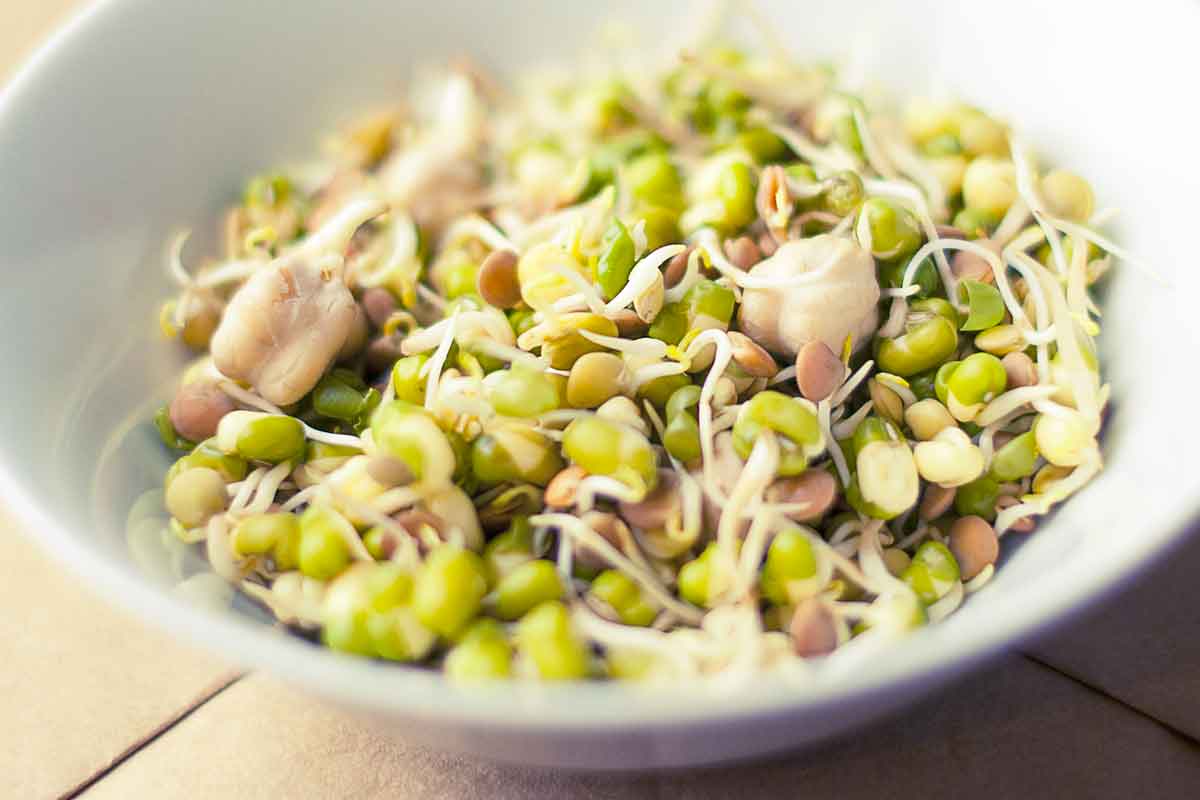
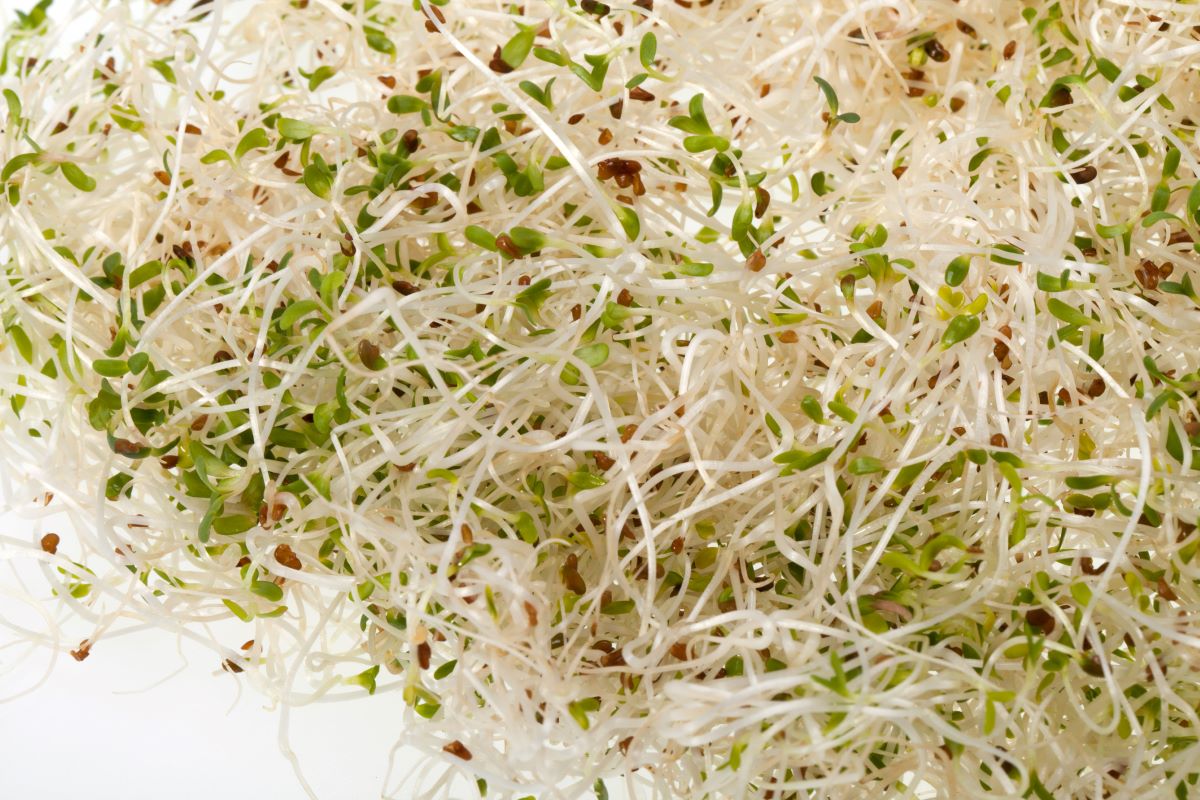
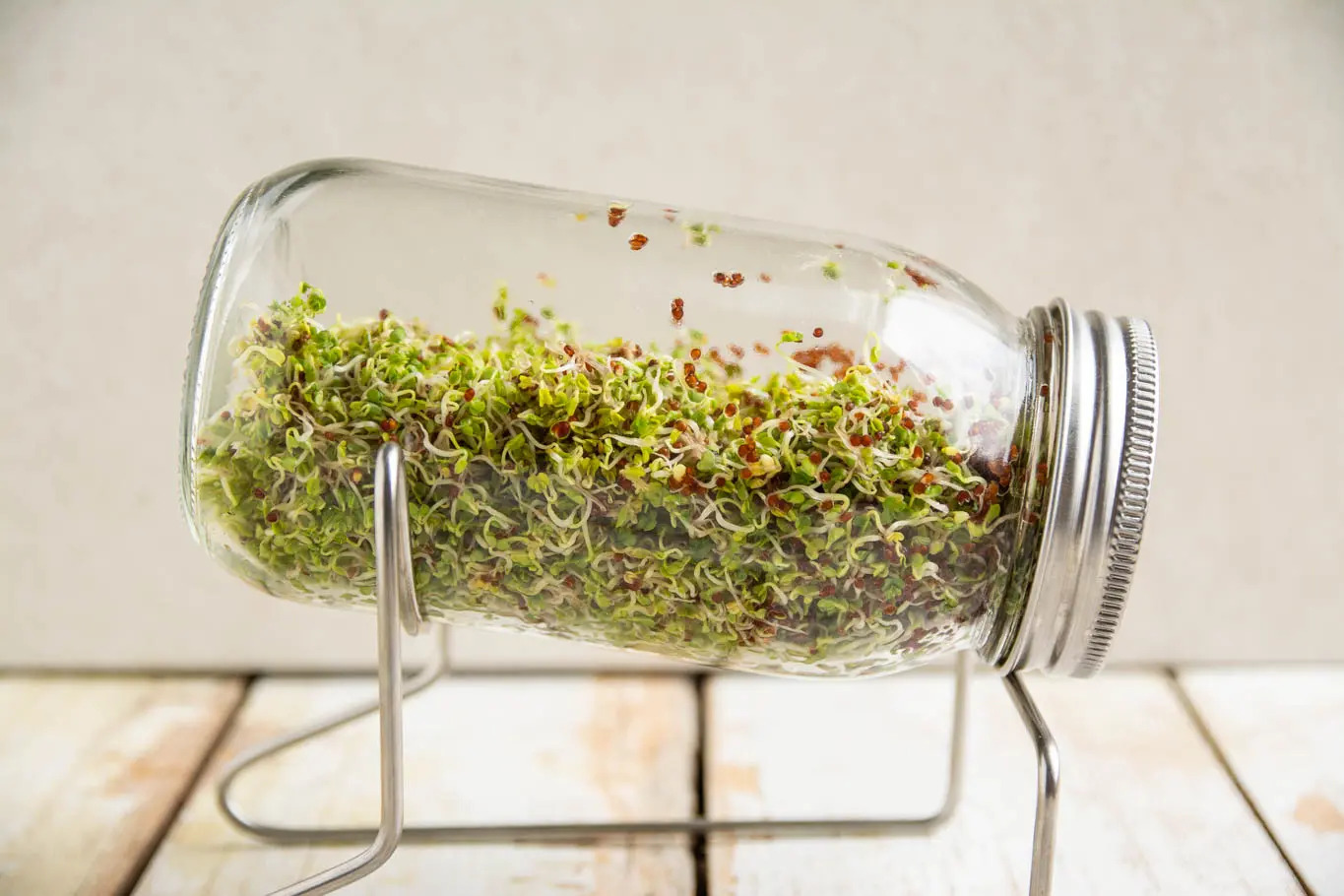
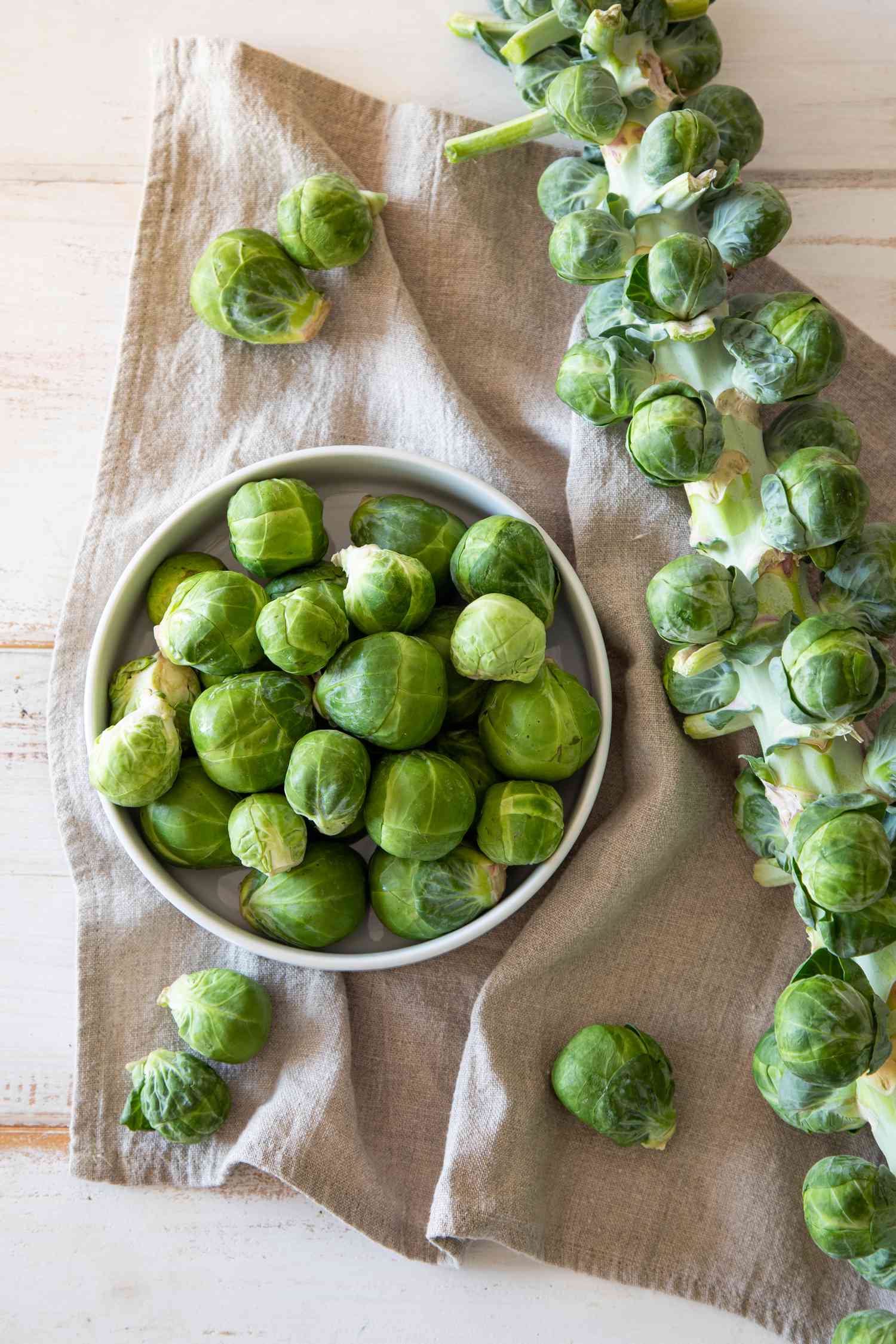
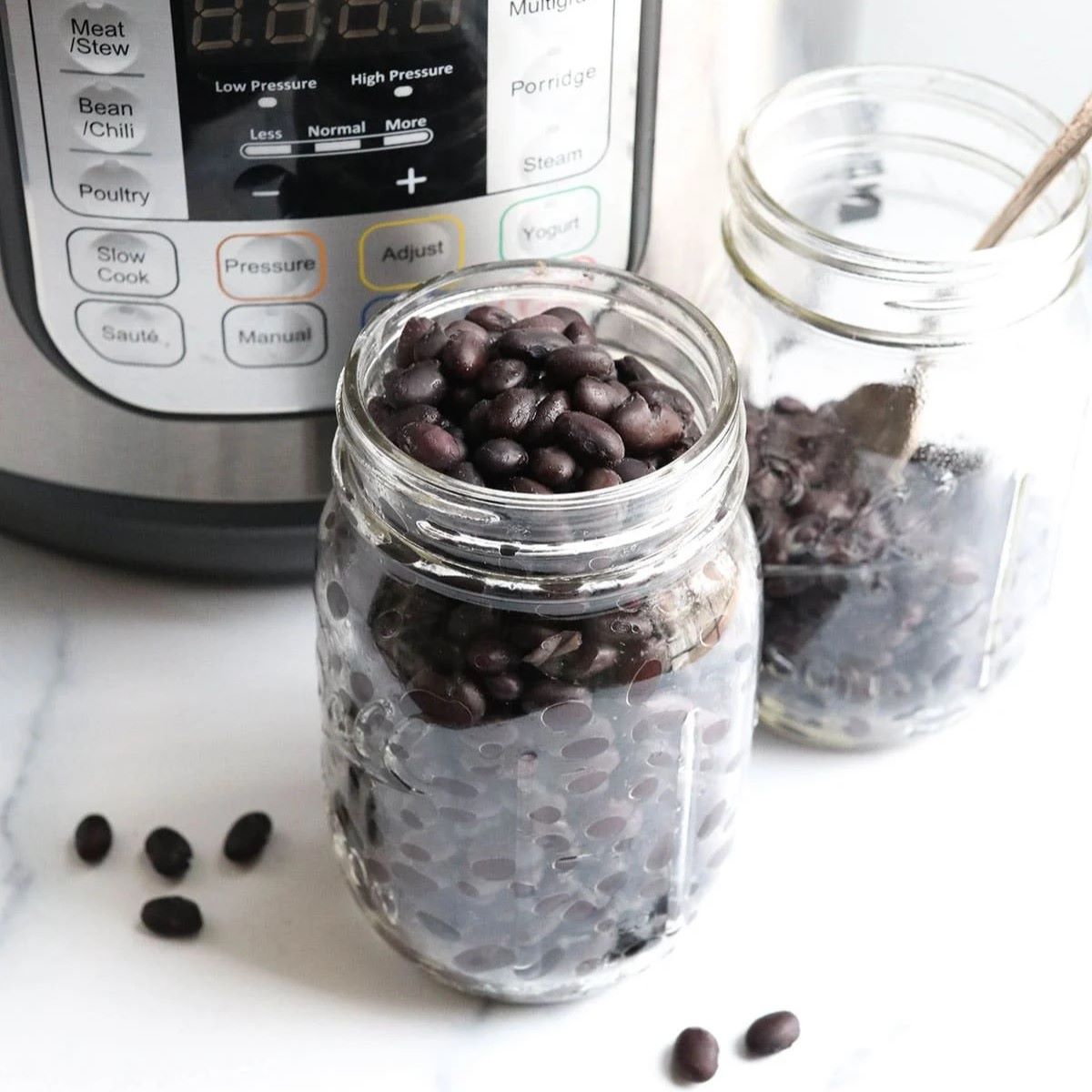


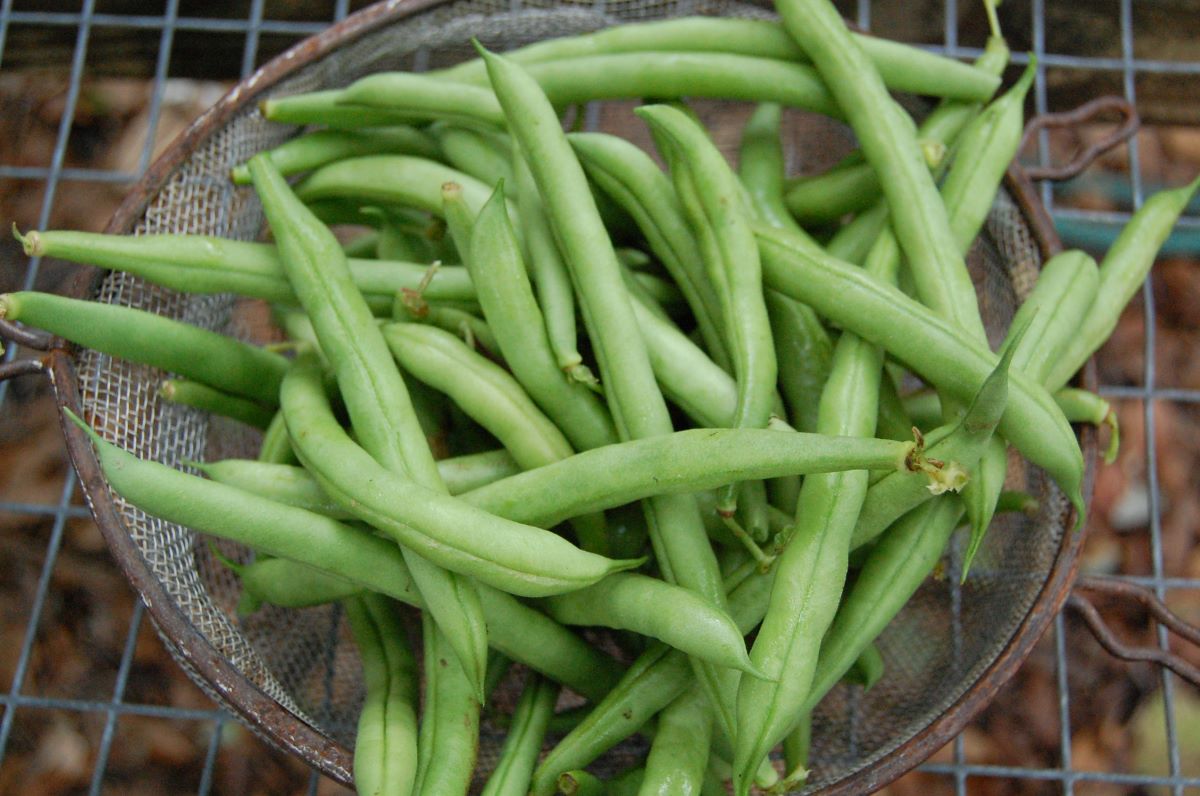
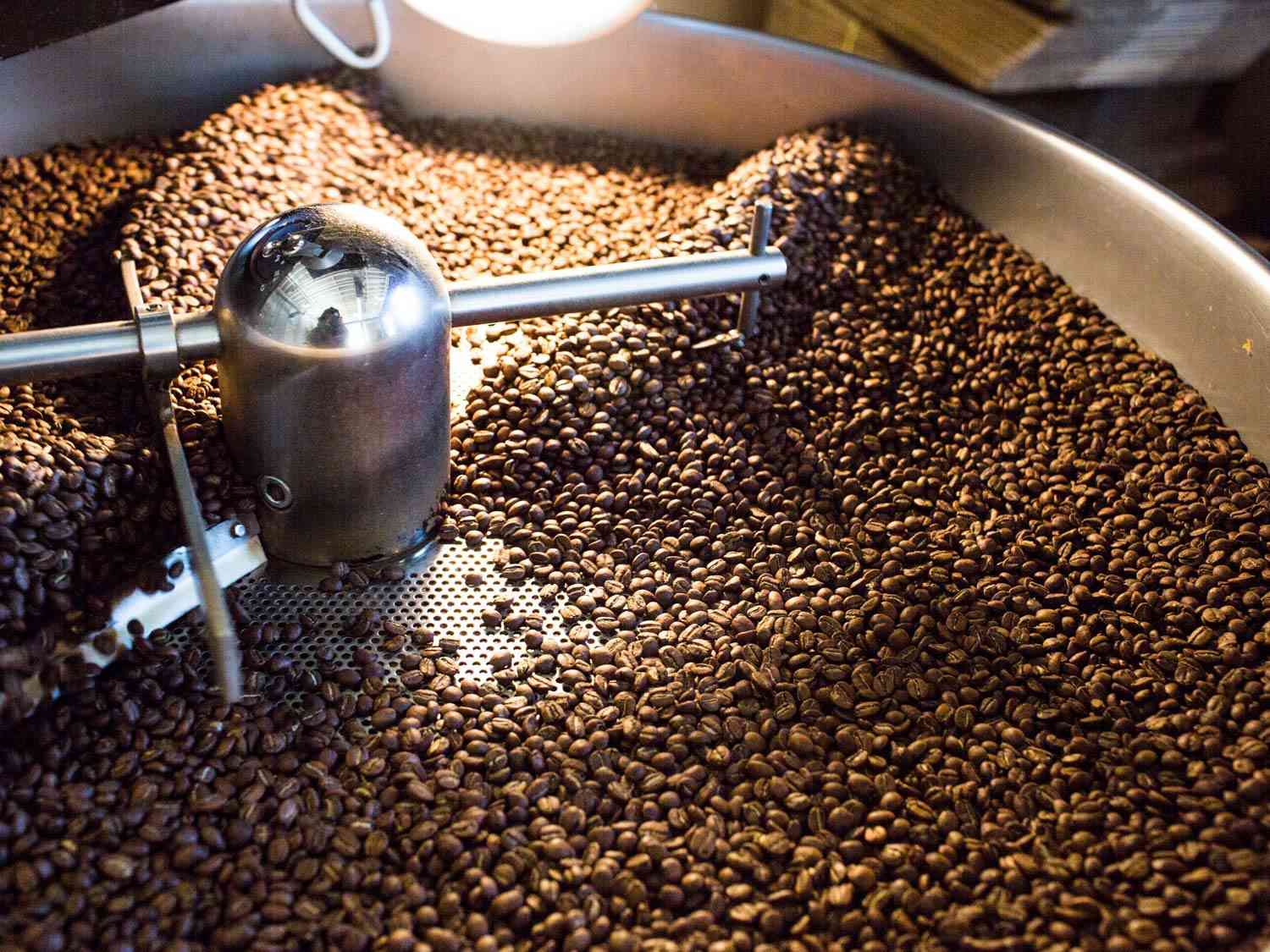
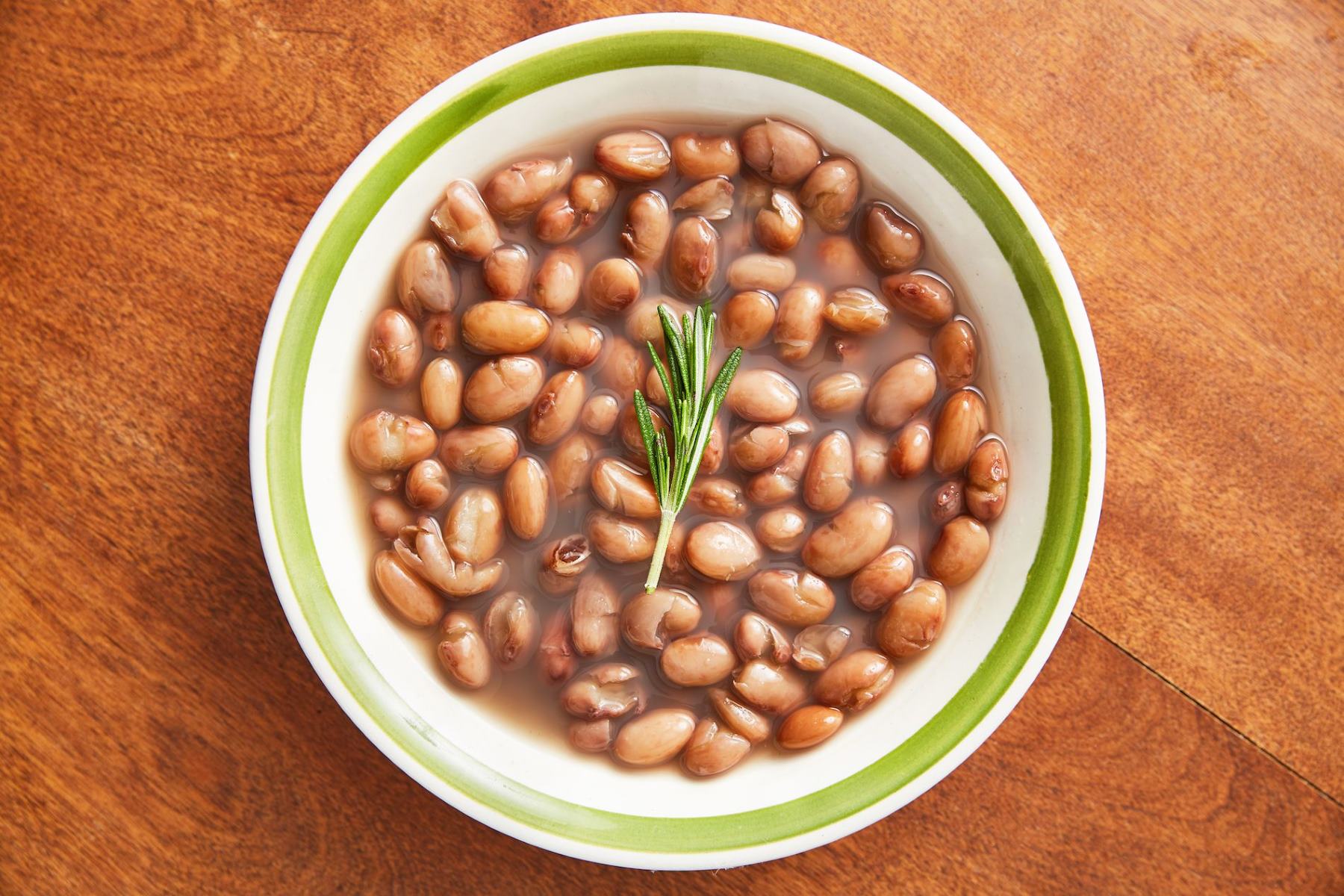

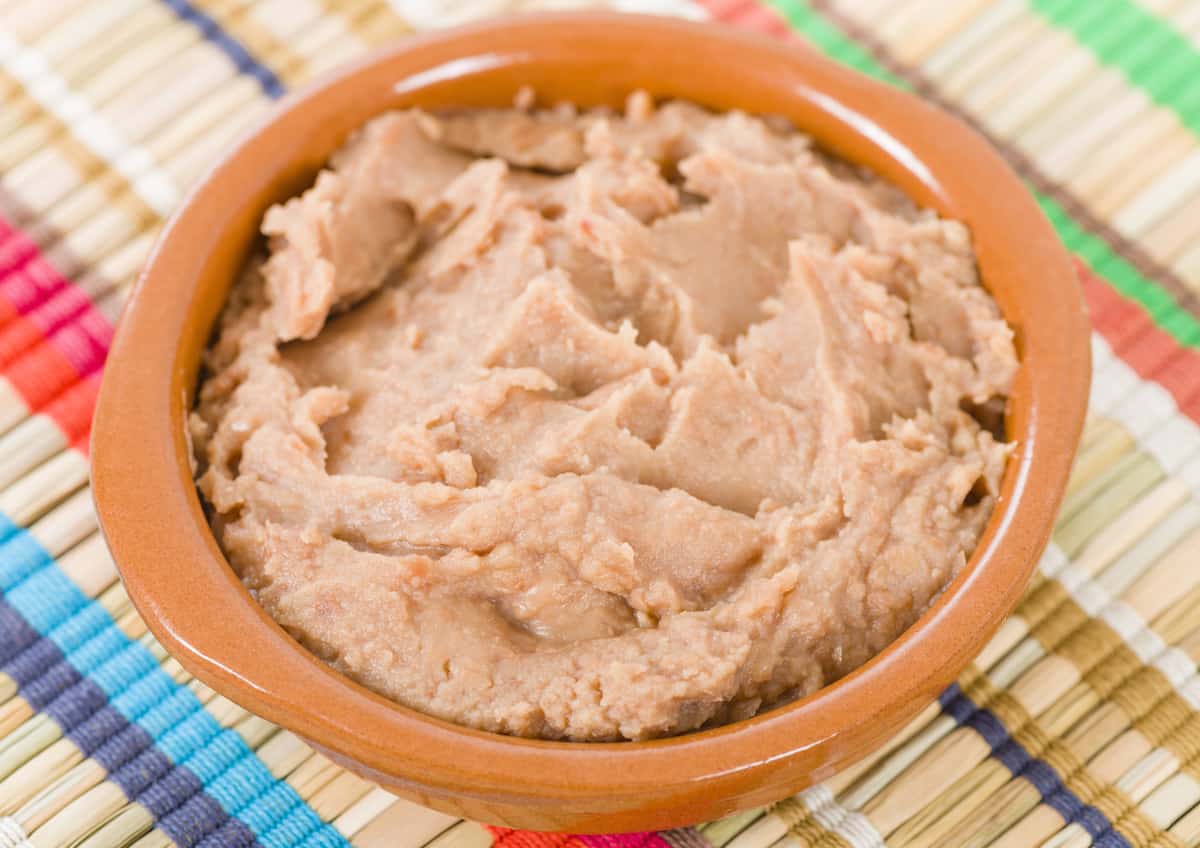

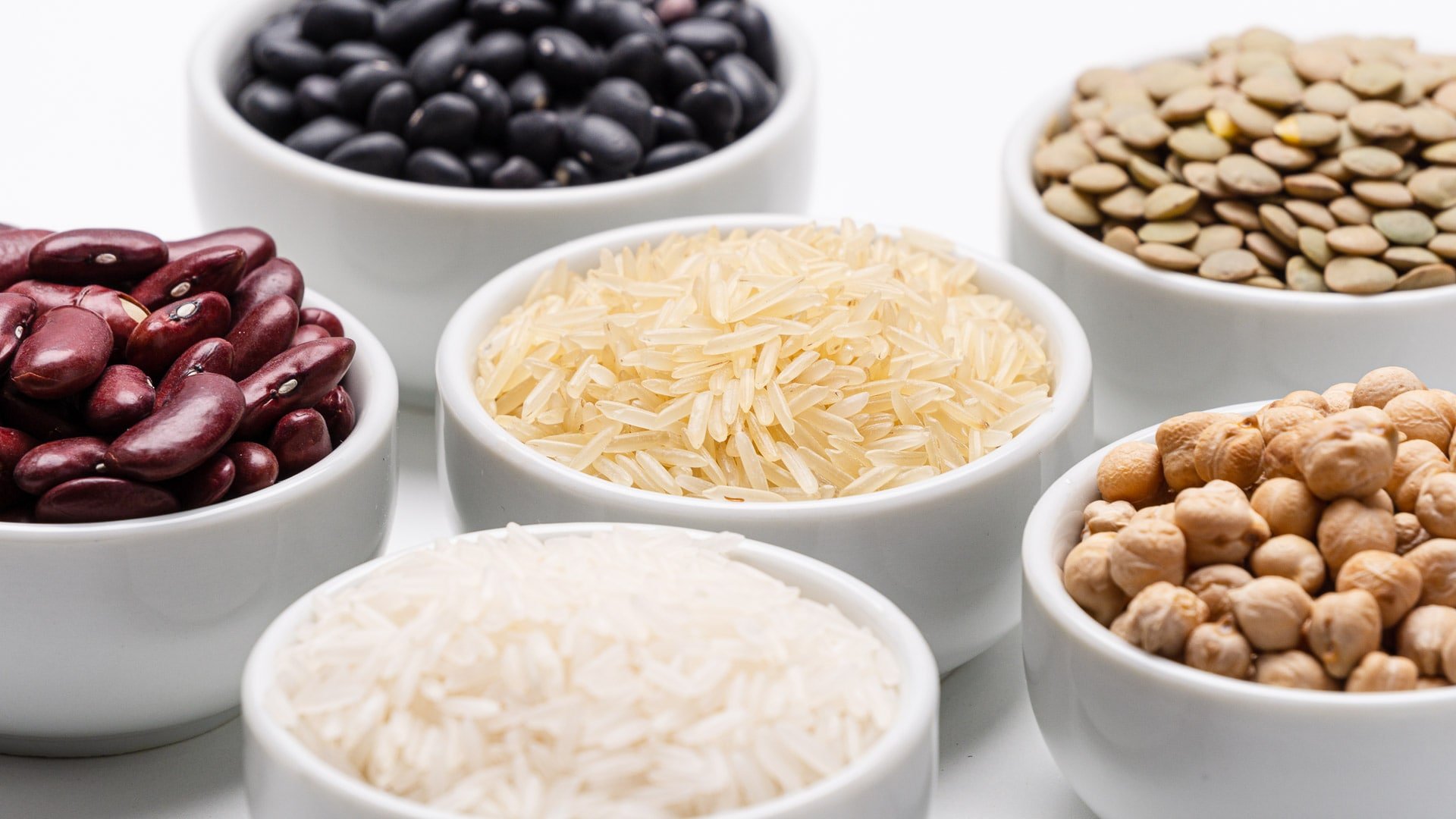

0 thoughts on “How To Store Mung Bean Sprouts”